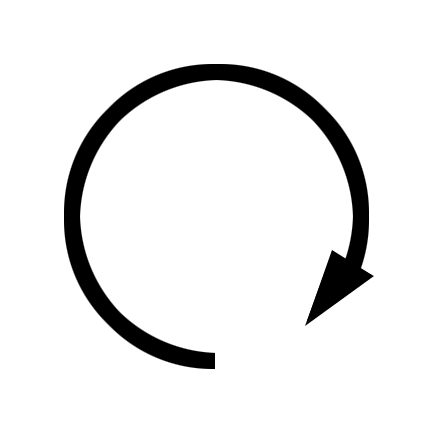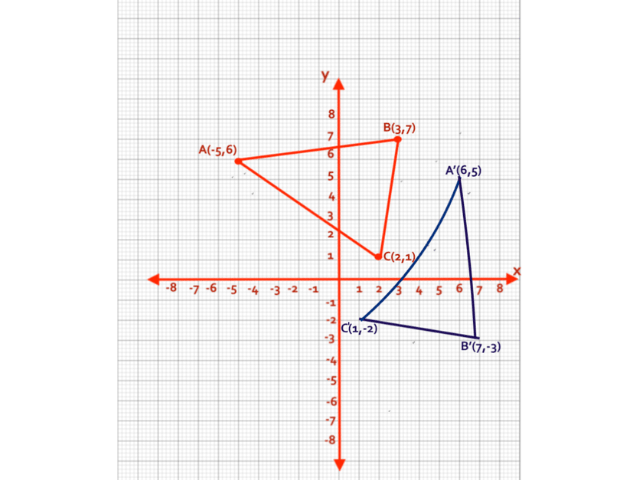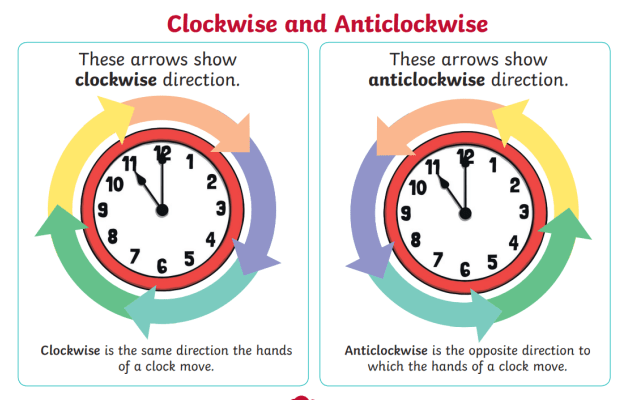
current noun steady, predictable flow of fluid within a larger body of that fluid.

Interestingly only 9 of 33 normal subjects had a normal transitional zone, which indicates that clockwise and counterclockwise rotation are not necessarily a sign of disease. counter-clockwise adjective circular motion to the left. have made CT-scans of 102 subjects to compare anatomic position of the cardiac septum and the electrocardiographic position of the transitional zone. Several studies have been done to understand the anatomical substrate for these rotations. If the transition occurs after V4, this is called clockwise rotation. If the transition occurs at or before V2, this is called counterclockwise rotation. Around V3 or V4 the R waves become larger than the S waves and this is called the 'transitional zone'. Normally the R wave amplitude increases from V1 to V5. If the electrical activity of the heart has turned more to the left side of the patient this is called clockwise rotation.Ĭlockwise and counterclockwise rotation can be assessed only in the chest-leads (V1 - V6). If the electrical activity of the heart has turned more to the right side of the patient this is called counterclockwise rotation. Imaginge the observer standing at the feet of the patient who is in bed.

However, that clockwise motion of clock and watch hands derives from astronomical observations in the northern hemisphere, and from the development of clockmaking in northern European nations, can seem culturally chauvinistic, and there have been attempts to make anticlockwise motion of the hands a standard – in 2014, Bolivia's national congress building in La Paz received a new clock whose hands move anticlockwise.Reduced R wave progression or clockwise rotationĬlockwise and counterclockwise rotation refer to a change in the electrical activity in a horizontal plane through the heart. The subject would not have come up for many early clockmakers as many early clocks did not have hands at all, but rather, struck the hours on a bell or gong.


Geography is also at work nearly 70% of the Earth's land surface area is in the northern hemisphere as well). In the Scottish Records of Elgin, which cover the years 1280 to 1800, we read a complaint that says, "Sayand the said Margarat Baffour vas ane huyr and ane wyche and that sche ȝeid widersonnis about mennis hous sark alane," which roughly translates as "Claimed that the aforementioned Margaret Balfour, was a whore and a witch, and that she went about men's houses in only her shift." Clearly if you wanted to be done for witchcraft in Elginshire in 1545, dancing counterclockwise in your nighty around someone's house was more than enough provocation.Īs to why the relative motion of the Sun in the northern hemisphere should have come to dominate clock and watch design globally, the answer is probably that mechanical clocks were first widely developed in the northern hemisphere – a simple case of history being written by the victors (or inventors, in this case.
#Clockwise direction windows
The analysis is performed with this sequence of steps: Identify the meshes, (the open windows of the circuit). "Widdershins" is first attested in 1545 (notably, well after the appearance of public clocks in Europe) and very colorfully. The Mesh Current Method is based on loop currents flowing around meshes. Two old terms in English exist: widdershins (counterclockwise) and deosil or deasil (clockwise) though again, these seem to originally have more had the sense of left and right rather than clockwise or counterclockwise per se. The answer to the first question is difficult the idea that one would need to specify motion one way or the other around a circle doesn't seem to have been very widespread prior to the development of clocks, and people simply seemed to have said left or right, in most cases.


 0 kommentar(er)
0 kommentar(er)
